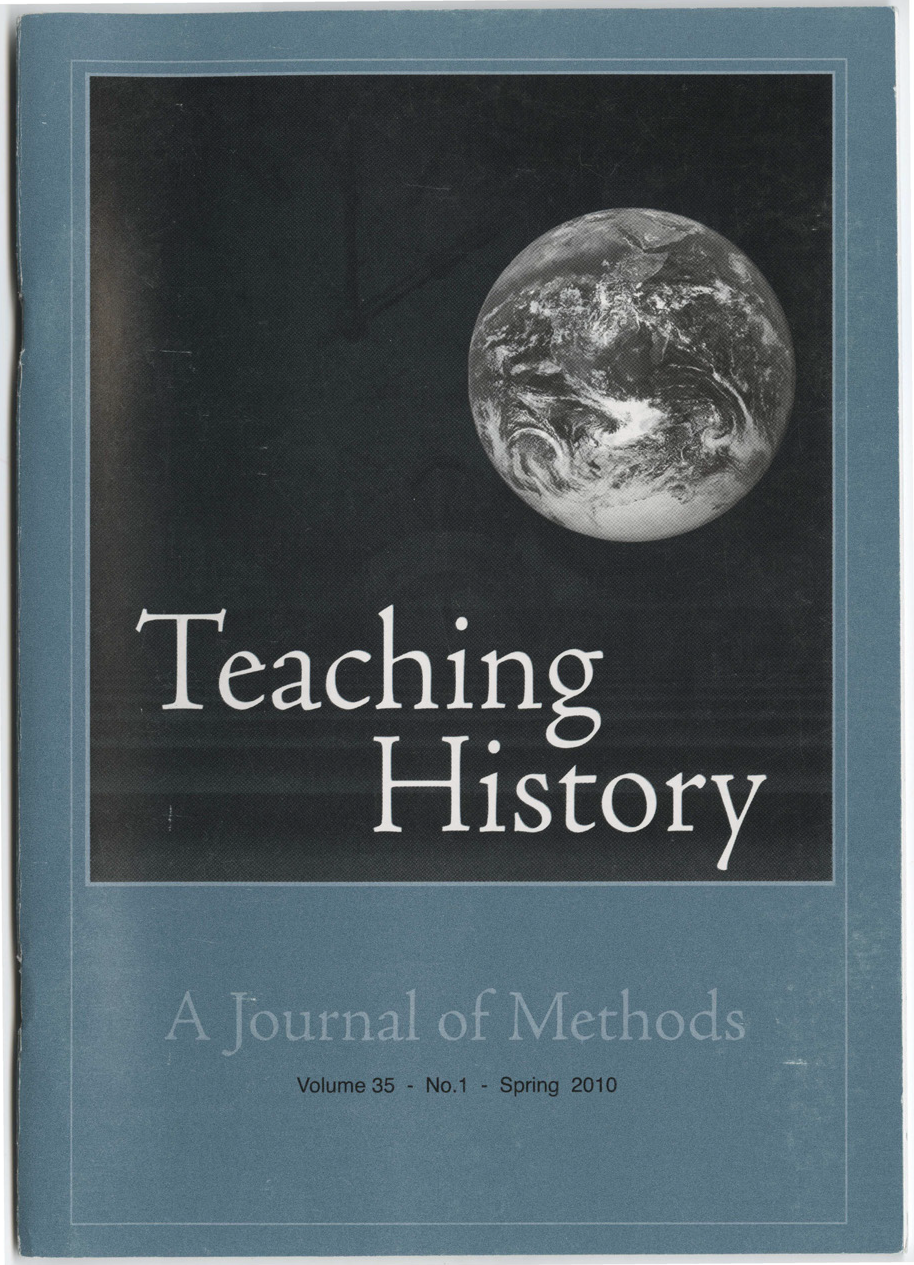Reilly, Disaster And Human History
Case Studies In Nature Society, Ad Catastrophe
DOI:
https://doi.org/10.33043/TH.35.1.46-47Abstract
The breakdown of the global economic system in the first decade of the twentyfirst century has shed further light on the incapacity of national governments to plan effectively for and deal with natural disasters. This is perhaps most evident with the Asian Tsunami of 2004, Hurricane Katrina in 2005, and more recently the devastating earthquakes and aftershocks near Port-au-Prince, Haiti, where hundreds of thousands of casualties occurred. But these are only the most recent catastrophes that mankind has dealt with poorly. Reilly's intention with his world history textbook on human interaction with natural catastrophe is "to give readers the necessary historical and scientific knowledge they need to make informed decisions about how to address global warming and other problems raised by mankind's often disastrous interaction with the natural environment." With this goal in mind, the author produces a primer that examines volcanic eruptions, earthquakes, environmental changes, tropical cyclones, floods, tsunamis, famines, and disease and how humans have interacted with environmental tragedy.
Downloads
Downloads
Published
How to Cite
Issue
Section
License
Copyright (c) 2010 Shannon Bontrager

This work is licensed under a Creative Commons Attribution-NonCommercial-NoDerivatives 4.0 International License.
By submitting to Teaching History, the author(s) agree to the terms of the Author Agreement. All authors retain copyrights associated with their article or review contributions. Beginning in 2019, all authors agree to make such contributions available under a Creative Commons Attribution-NonCommercial-NoDerivatives 4.0 International license upon publication.



